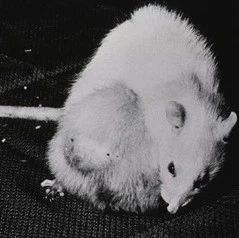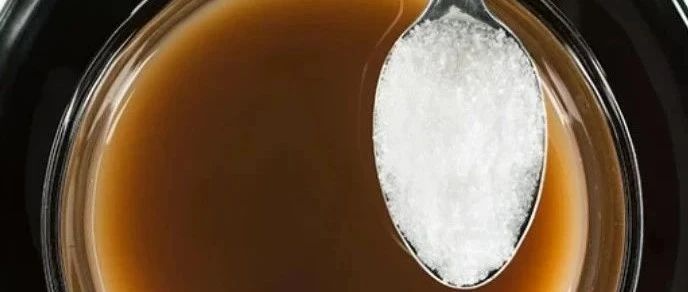
研究人员可能已找到了一种方法,使得干细胞治疗少了些争议:将血细胞转化为干细胞。
干细胞已经预示着可以作为药物治疗具有毁灭性的疾病。因为干细胞可以成长为体内的任何细胞。然而,由于大量的法律和伦理的问题,胚胎干细胞很难被使用。
在一项发表在《干细胞:转化医学》杂志上的研究中,研究人员发现,他们可以将血细胞转化为干细胞。这个过程是易接受且很有效的,几乎能够将血细胞转化成体内的任何细胞。他们希望使用这个过程来构建血管细胞和心脏细胞,来逆转心血管疾病造成的损害。
这种类型的细胞也可以被保存一段很长的时间。研究人员说,在任何时刻,这些细胞可以被用来转化成干细胞。
对研究人员和医生来说,这一发现是受欢迎的,以前研究人员从皮肤或其他组织中寻找“诱导多能干细胞”。这些程序可能需要外科手术或活检,对儿童或老人来说不太切合实际。但血液样本对所有病人来说只是一种常规程序,这使得获取血细胞变得异常容易。
该研究的作者阿米尔•拉纳表示,最终的目标是重建心脏周围的组织。
虽然该研究有潜力,但是这个技术要用于当地医院还需要一段时间。“这只迈了一小步,因为我们想确保这些细胞是安全的,这种技术仅仅在五年前被使用过,所以它仍处在早期,”阿米尔说,“这是一个非常重要的步骤,而不是简单的在实验室中使用的技术,而是在诊所,为需要的患者服务。”

 A Practical and Efficient Cellular Substrate for the Generation of Induced Pluripotent Stem Cells from Adults: Blood-Derived Endothelial Progenitor Cells
A Practical and Efficient Cellular Substrate for the Generation of Induced Pluripotent Stem Cells from Adults: Blood-Derived Endothelial Progenitor Cells
Imbisaat Geti, Mark L. Ormiston, Foad Rouhani
Induced pluripotent stem cells (iPSCs) have the potential to generate patient-specific tissues for disease modeling and regenerative medicine applications. However, before iPSC technology can progress to the translational phase, several obstacles must be overcome. These include uncertainty regarding the ideal somatic cell type for reprogramming, the low kinetics and efficiency of reprogramming, and karyotype discrepancies between iPSCs and their somatic precursors. Here we describe the use of late-outgrowth endothelial progenitor cells (L-EPCs), which possess several favorable characteristics, as a cellular substrate for the generation of iPSCs. We have developed a protocol that allows the reliable isolation of L-EPCs from peripheral blood mononuclear cell preparations, including frozen samples. As a proof-of-principle for clinical applications we generated EPC-iPSCs from both healthy individuals and patients with heritable and idiopathic forms of pulmonary arterial hypertension. L-EPCs grew clonally; were highly proliferative, passageable, and bankable; and displayed higher reprogramming kinetics and efficiencies compared with dermal fibroblasts. Unlike fibroblasts, the high efficiency of L-EPC reprogramming allowed for the reliable generation of iPSCs in a 96-well format, which is compatible with high-throughput platforms. Array comparative genome hybridization analysis of L-EPCs versus donor-matched circulating monocytes demonstrated that L-EPCs have normal karyotypes compared with their subject's reference genome. In addition, >80% of EPC-iPSC lines tested did not acquire any copy number variations during reprogramming compared with their parent L-EPC line. This work identifies L-EPCs as a practical and efficient cellular substrate for iPSC generation, with the potential to address many of the factors currently limiting the translation of this technology.






